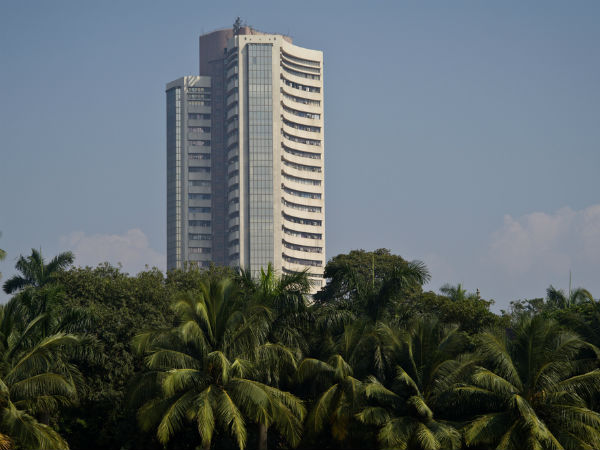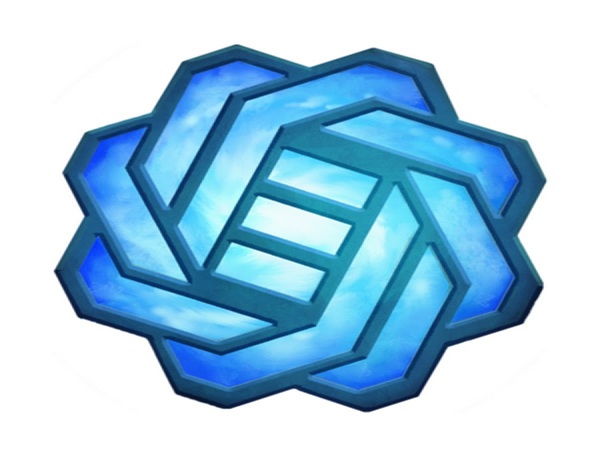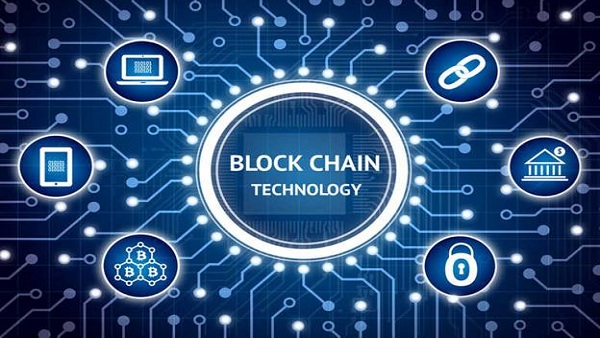Notwithstanding the regulatory uncertainty over the legality of cryptocurrencies, India now has two crypto unicorns.
On Wednesday, CoinSwitch Kuber announced raising over $260 million in Series C funding round from a clutch of investors, valuing the company at $1.9 billion.
This makes the Bengaluru-based start-up more valuable than rival CoinDCX, which became India’s first cryptocurrency unicorn after it raised $90 million in August.
Indian cryptocurrency market likely to reach up to $241 million by 2030: Nasscom
Investments flowing in
Indian start-ups in the crypto space have received 73 per cent more funding in the first six months of calendar 2021 compared to the whole of 2020, according to data from Tracxn.
These investments are coming from some of the top names in the private equity and venture capital space.
For instance, CoinSwitch Kuber’s latest funding is from Andreessen Horowitz (a16z), Coinbase Ventures, Paradigm, Ribbit Capital, Sequoia Capital India and Tiger Global.
The investment comes even as the government is yet to spell out its stand on whether cryptocurrencies are legal.
The Reserve Bank of India has expressed its reservation on cryptocurrencies. Even China’s central bank has announced a blanket ban on all cryptocurrency transactions and mining in that country.
Ashish Singhal, Co-founder and CEO, CoinSwitch Kuber, said, “There is some worry over regulations in the short run but we are confident that in the long run there will be positive developments in the cryptocurrency and blockchain segment.
“This is the reason why marquee investors are also putting their bets on India.”
Cryptocurrency — the time to act is now
Upbeat on India
According to a report by US-based blockchain data platform Chainalysis, India’s cryptocurrency market this year grew 641 per cent over the past year.
Large institutional-size transfers above $10 million worth of cryptocurrency represent 42 per cent of transactions from India-based addresses, the report said adding that the numbers suggest that India’s cryptocurrency investors are part of larger, more sophisticated organisations.
Ajeet Khurana, founder of crypto funding consortium Genezis Network, said the perception that something could go wrong is not shared by investors.
“Investors believe cryptocurrency is too big to fail. Further, Indian companies are now large enough and have a global presence to withstand any adverse action in India,” he said.
Rameesh Kailasam, CEO, Indiatech.org, explained that the crypto industry is in a scenario where a product or commodity is moving freely in a market and people are trading in it without being classified under any regulatory body.
“This is like a free animal moving around without a named regulation. While the RBI is in a hurry to work on the regulations, the government is keeping the door partly open. This has emboldened users and investors trading on these platforms to invest freely. One would like to believe that if the sector becomes large and significant enough, it will be difficult to shut it down entirely,” he said.
CoinSwitch Kuber’s Singhal is hoping that the fresh investments would help him scale up.
“Our average user age is about 25 years and we are adding 1-2 million users to CoinSwitch Kuber every month, of which 60 per cent are new users. There is a huge demand and interest and we believe that India can become No 1 in crypto adoption from the No 2 spot at present,” he said.
JOINING THE UNICORN CLUB
Pips its rival CoinDCX to become the most valuable crypto company in India
Began operations in India in June 2020
User base is at over 10 million; plans to onboard 50 million Indians on its platform









